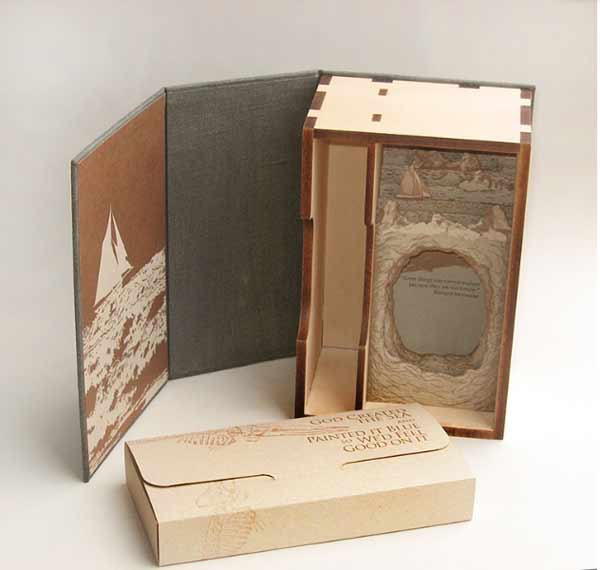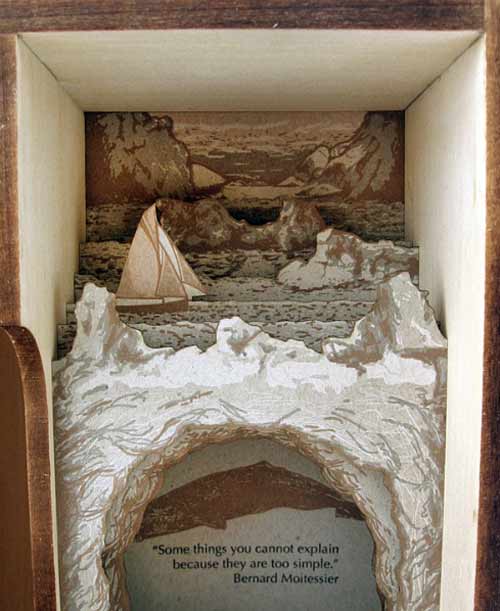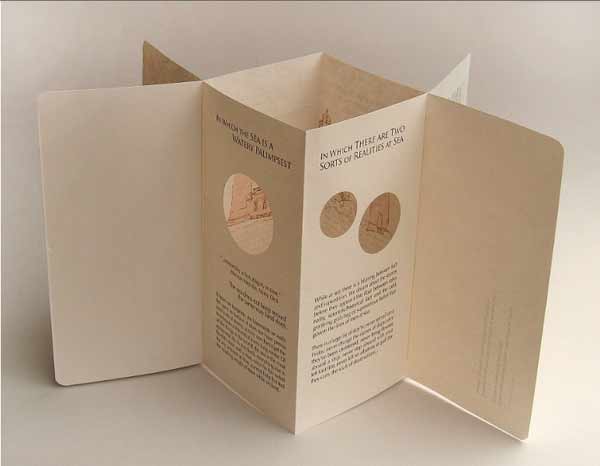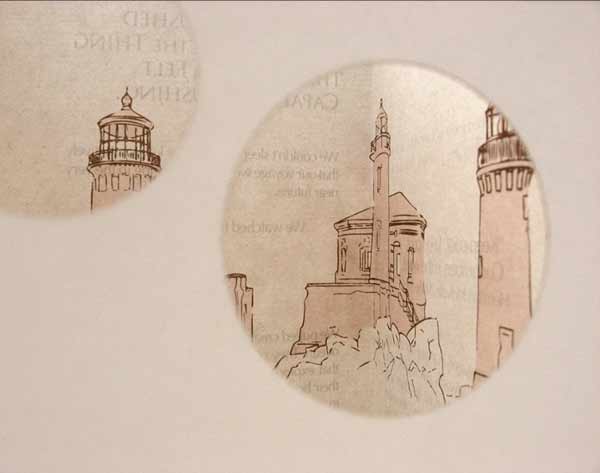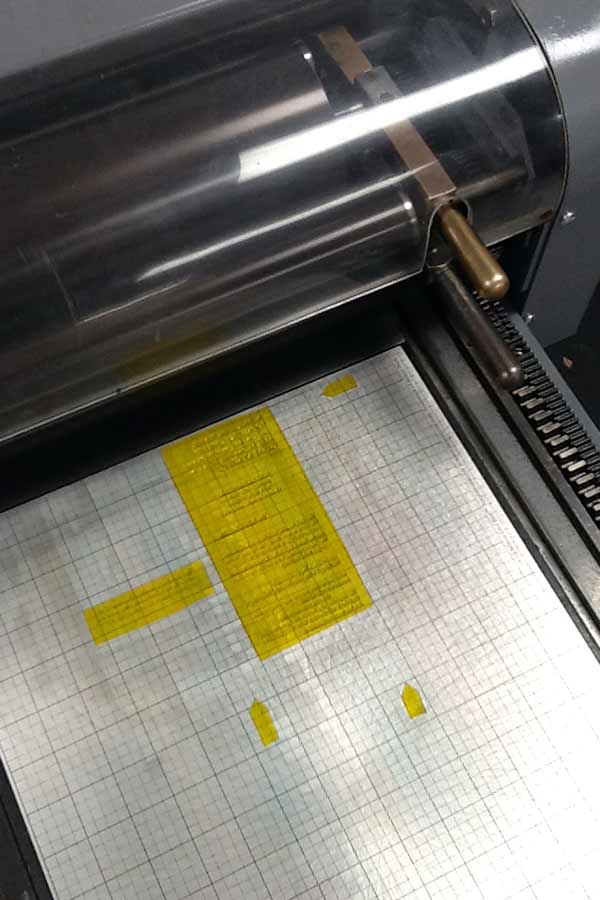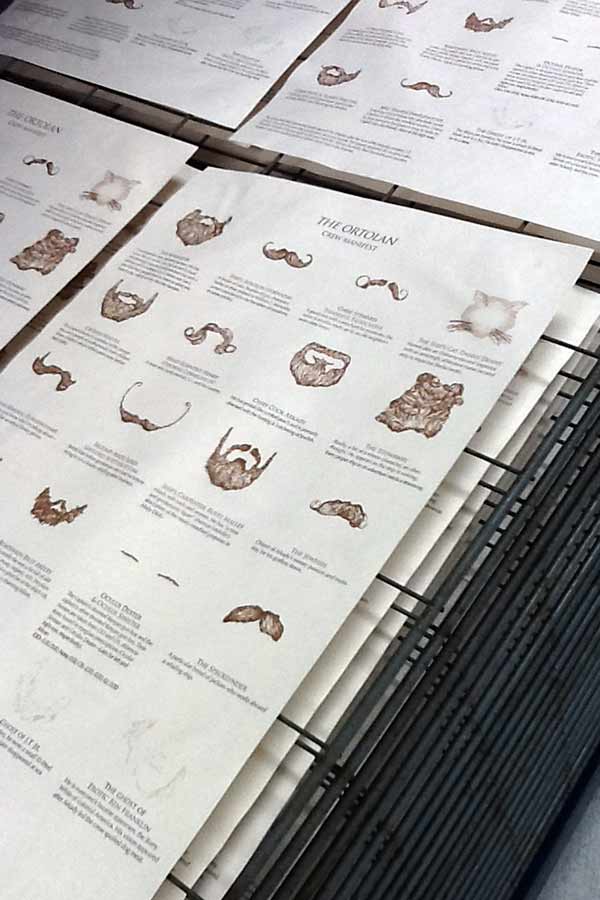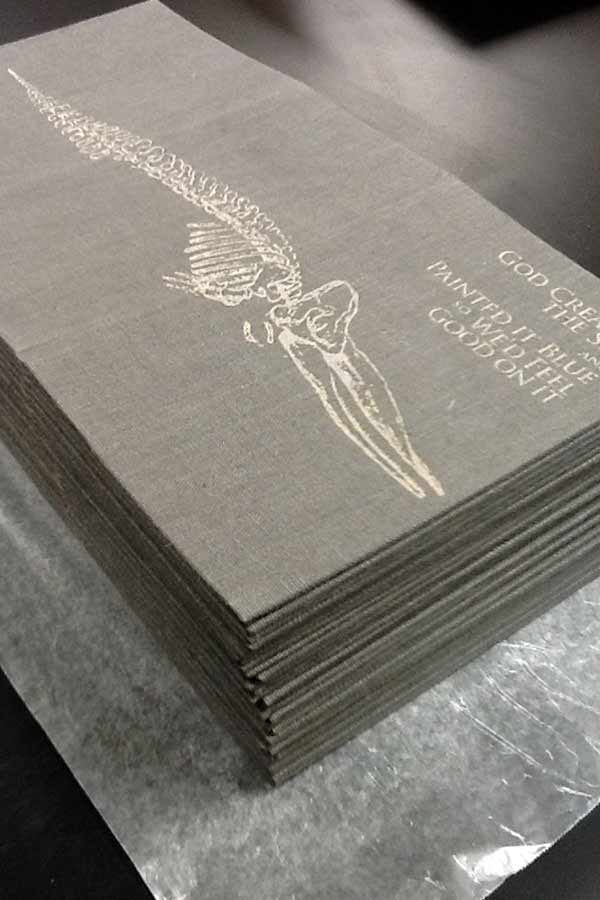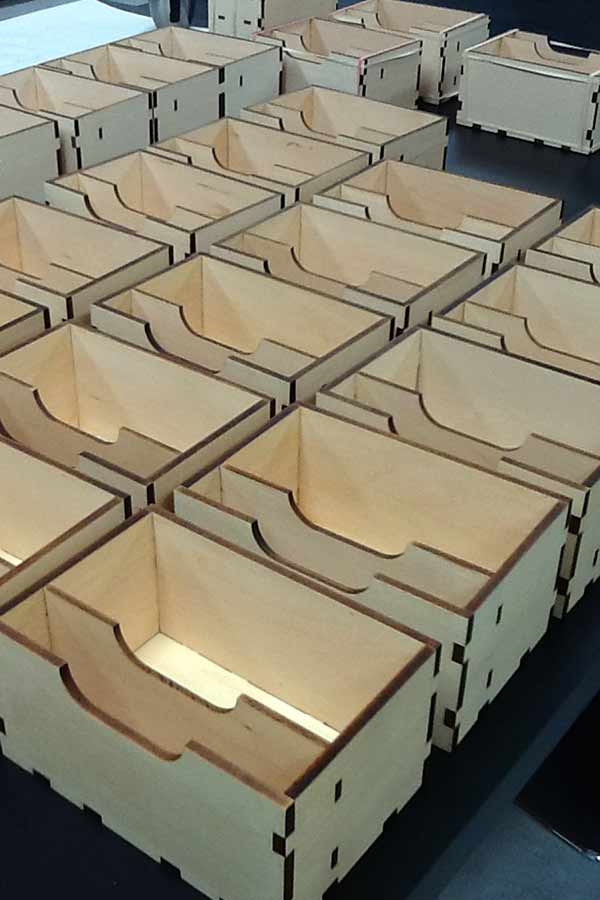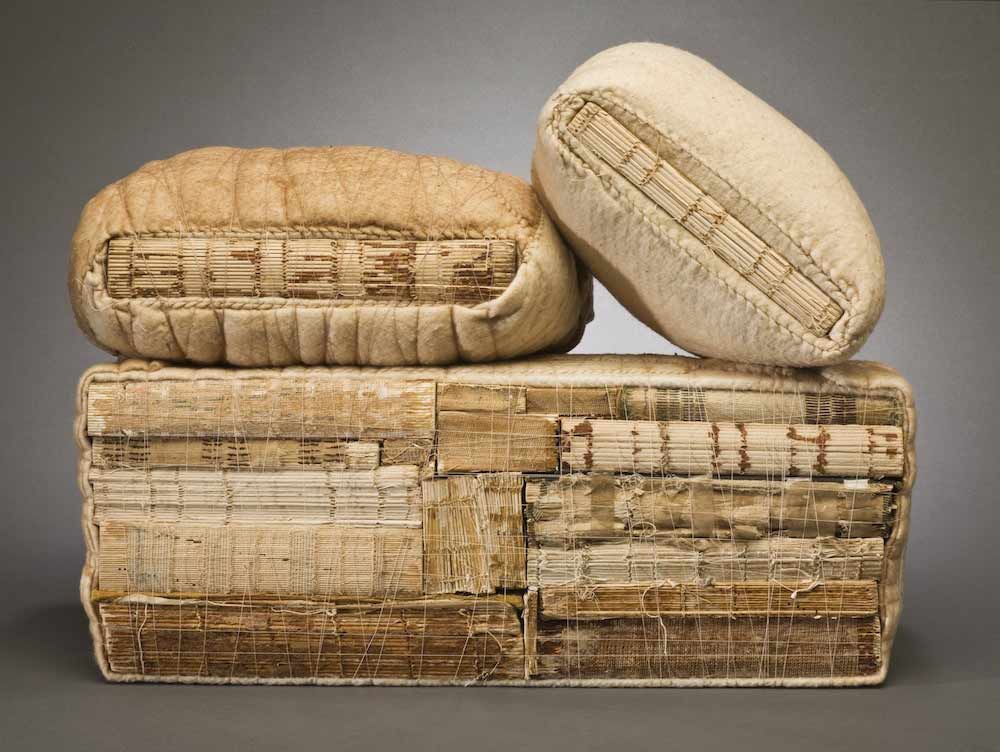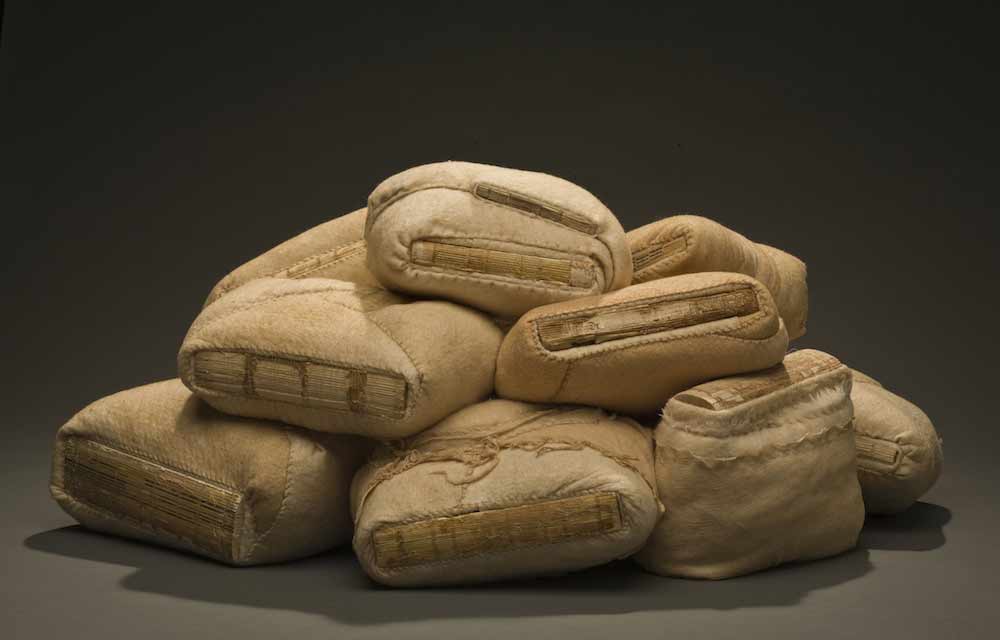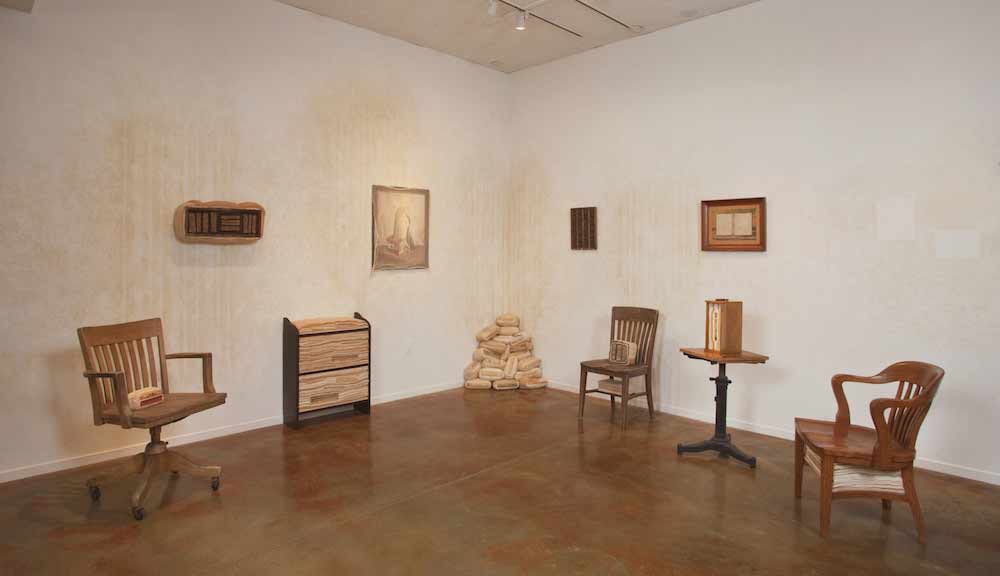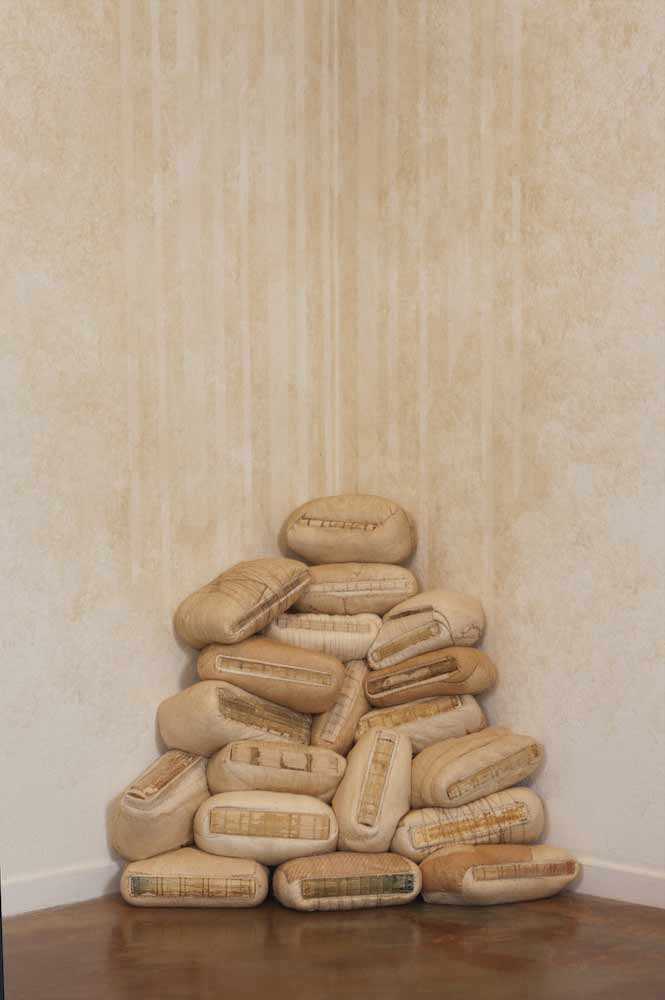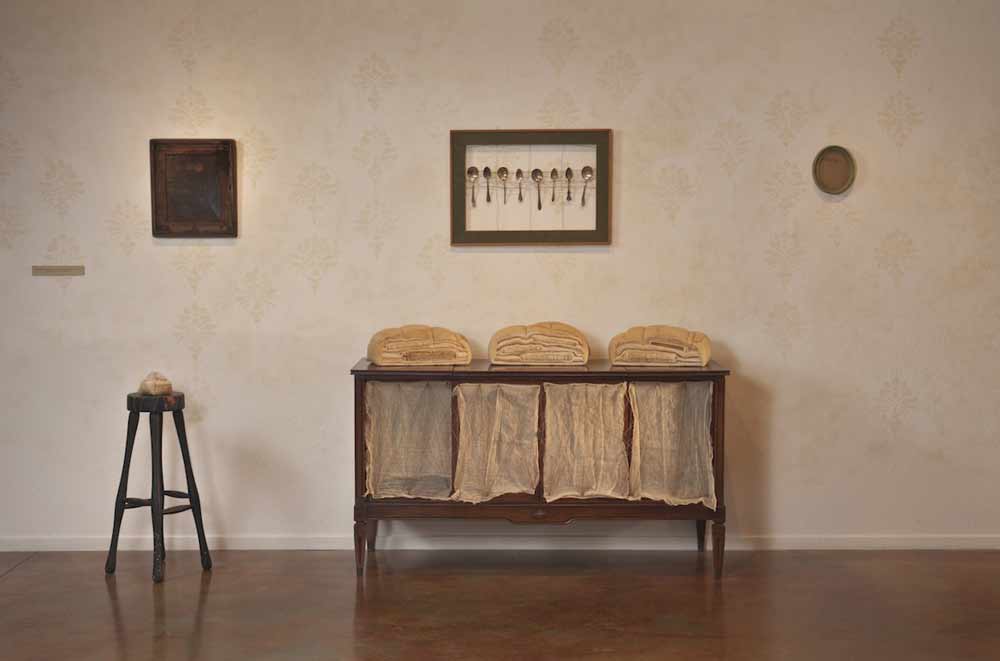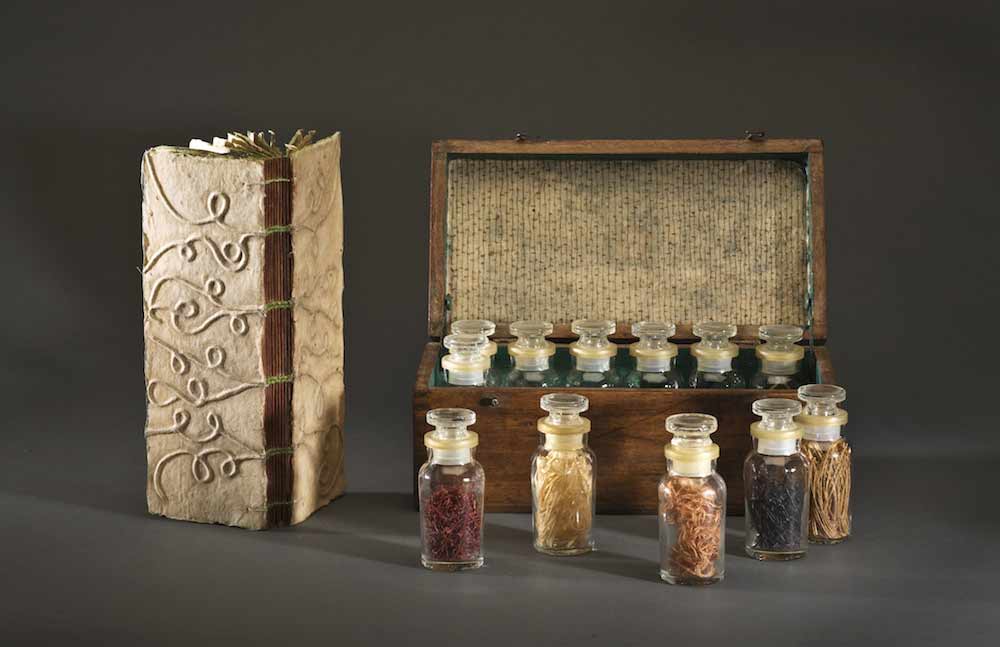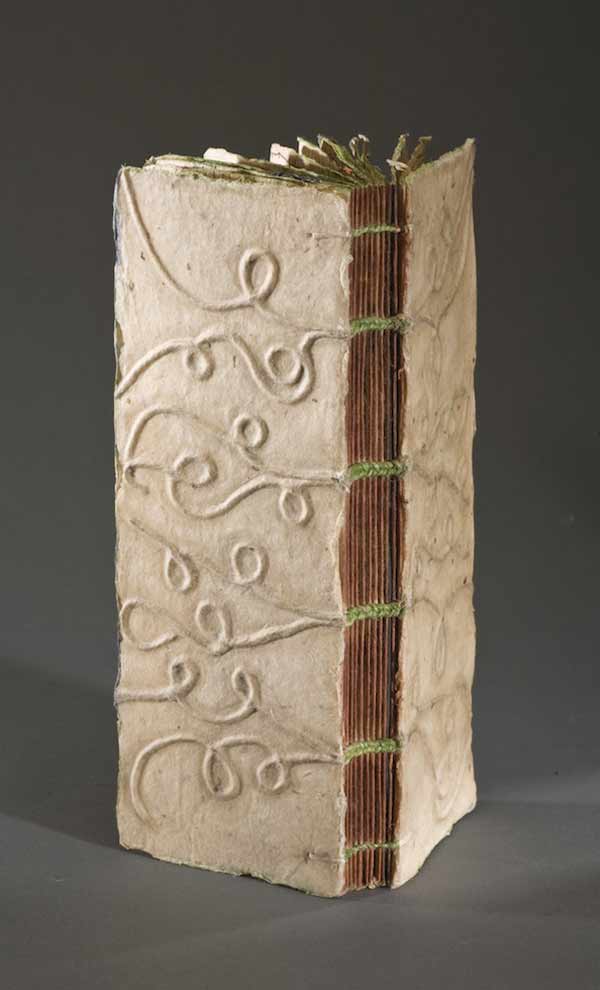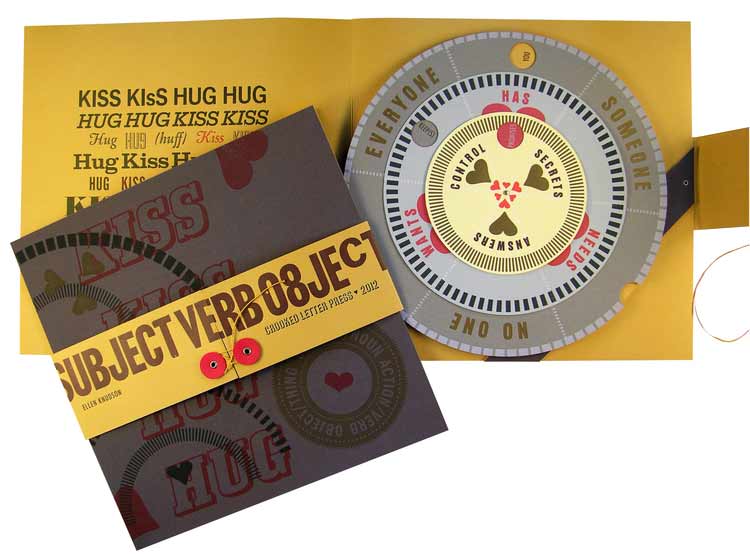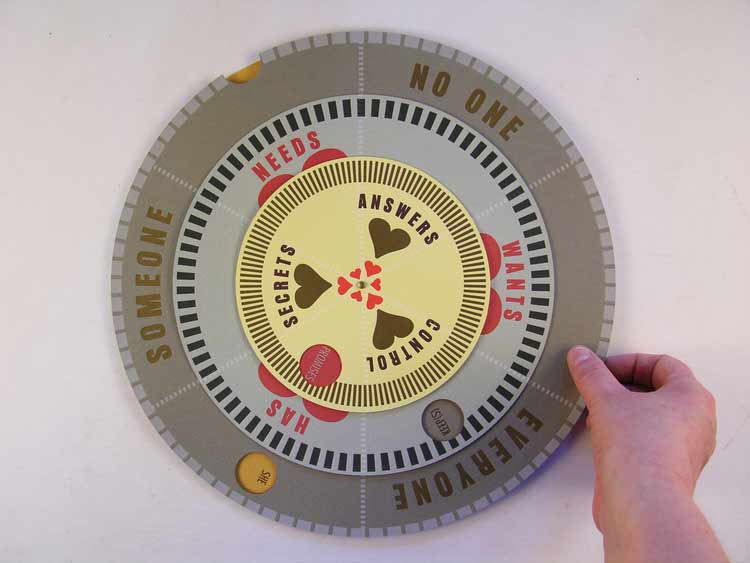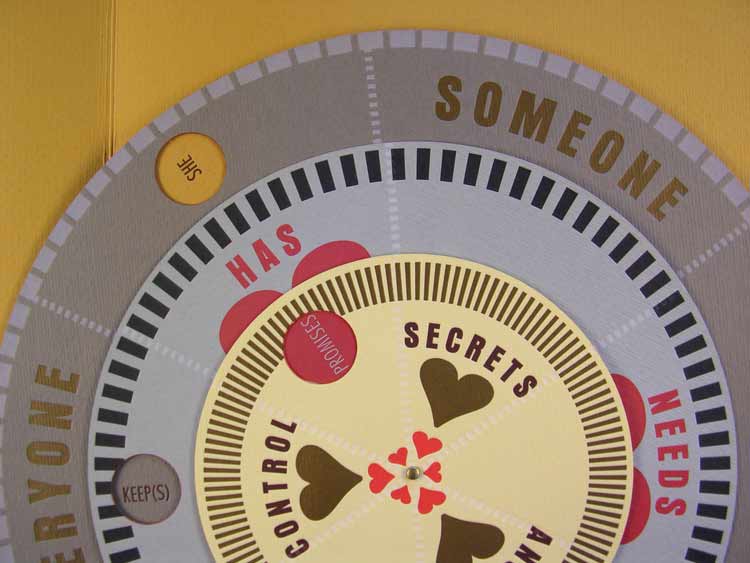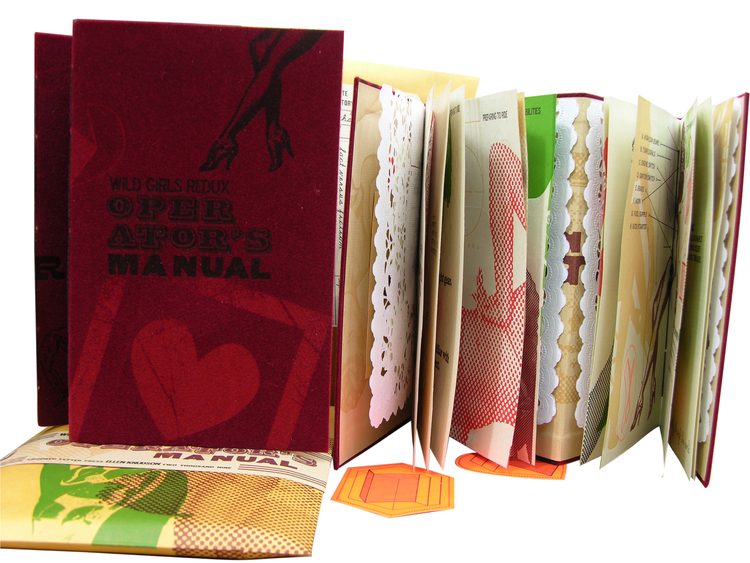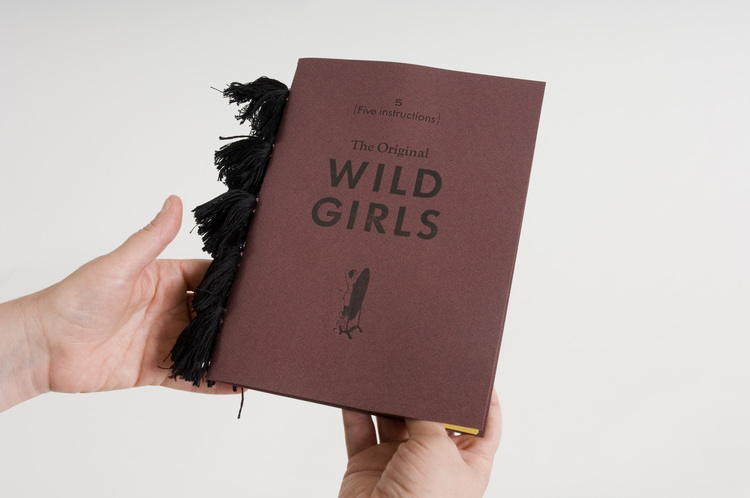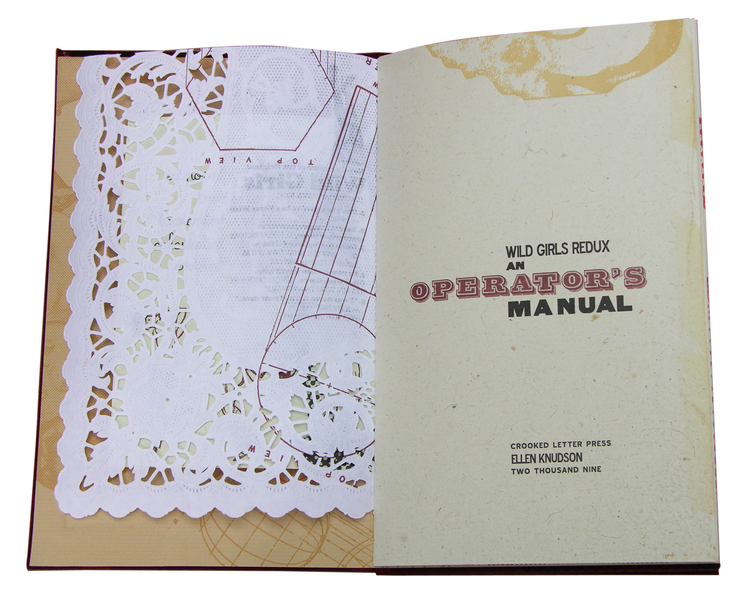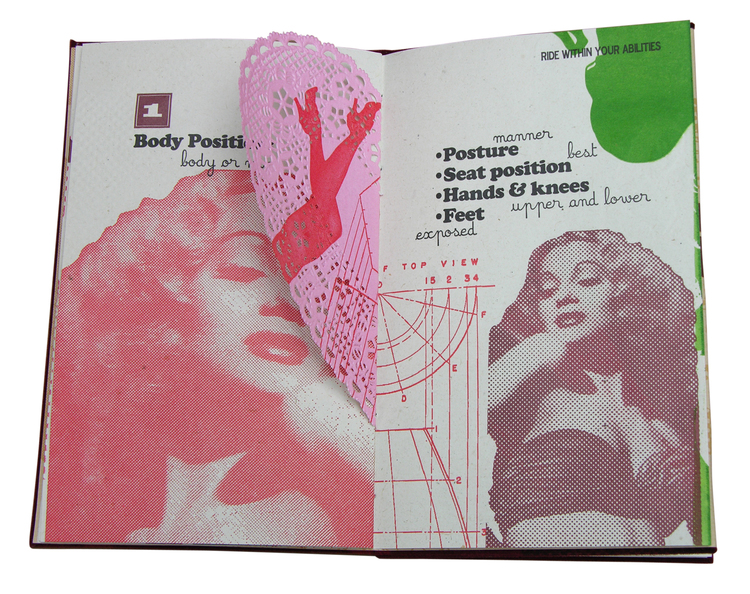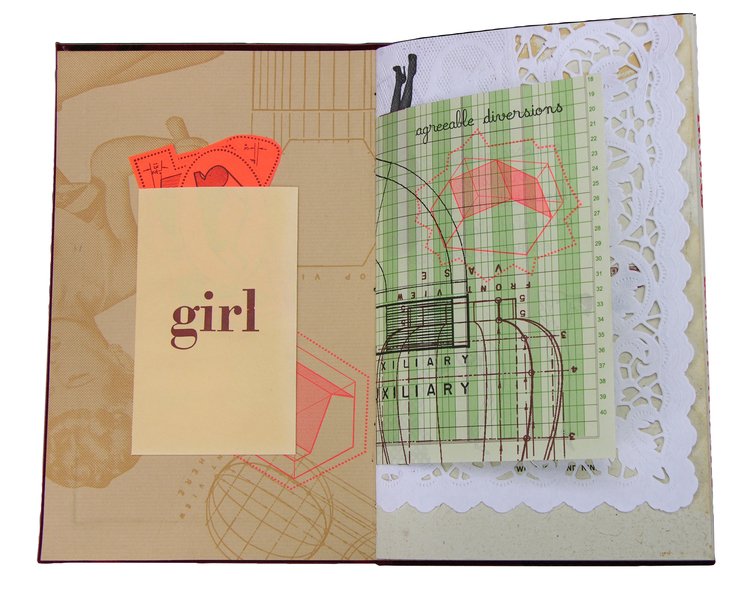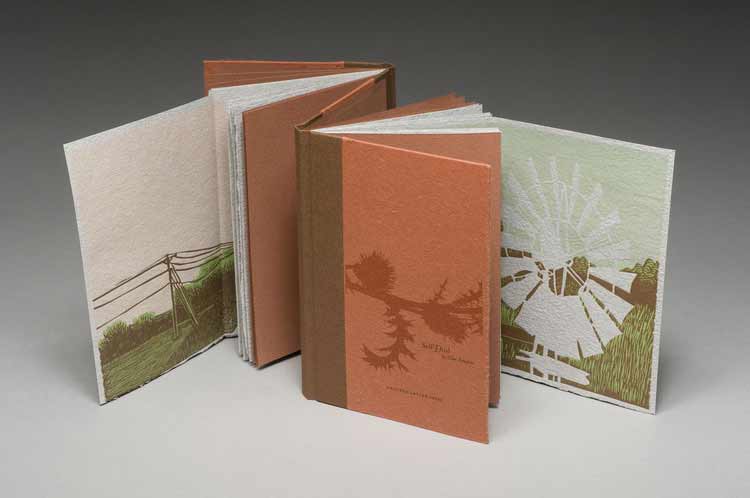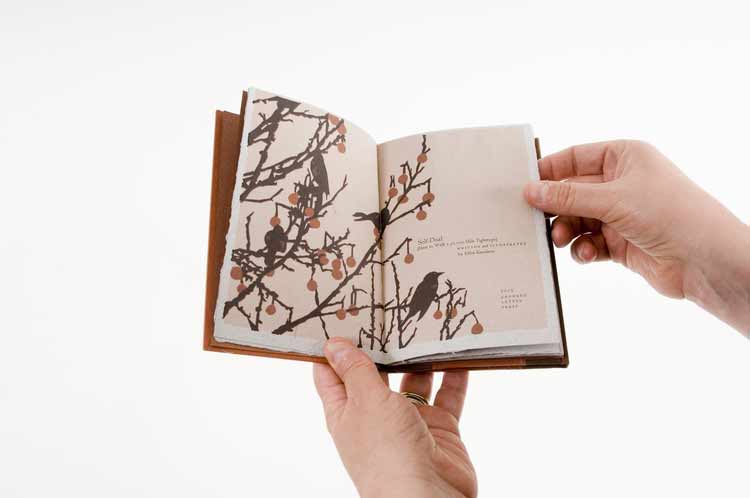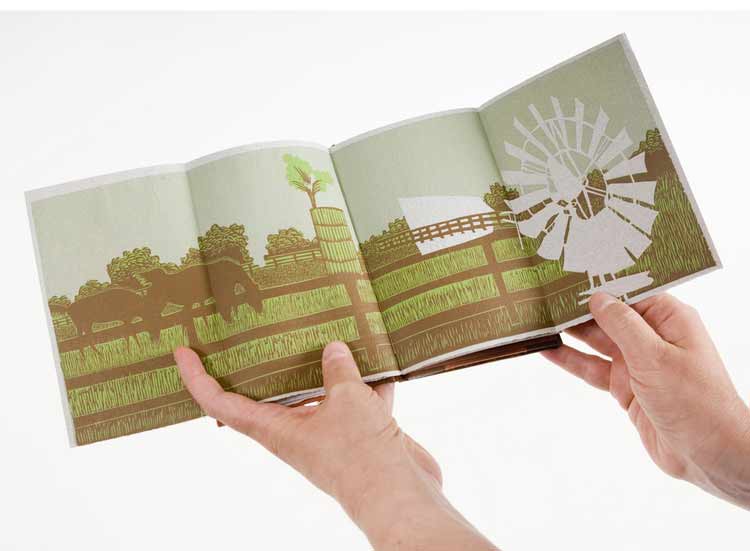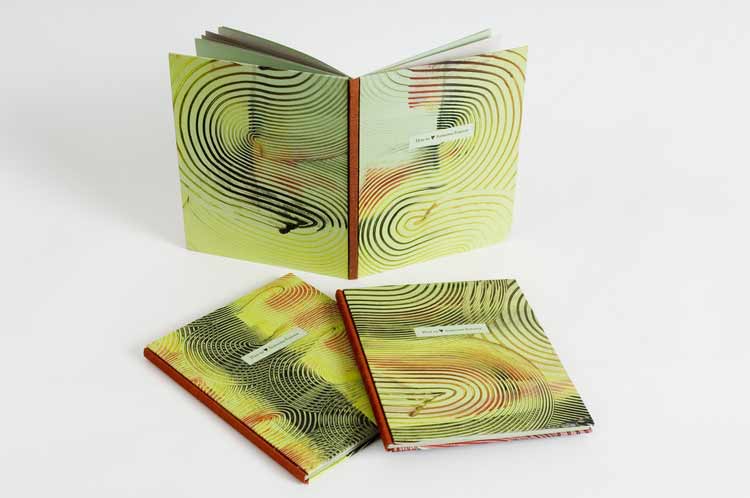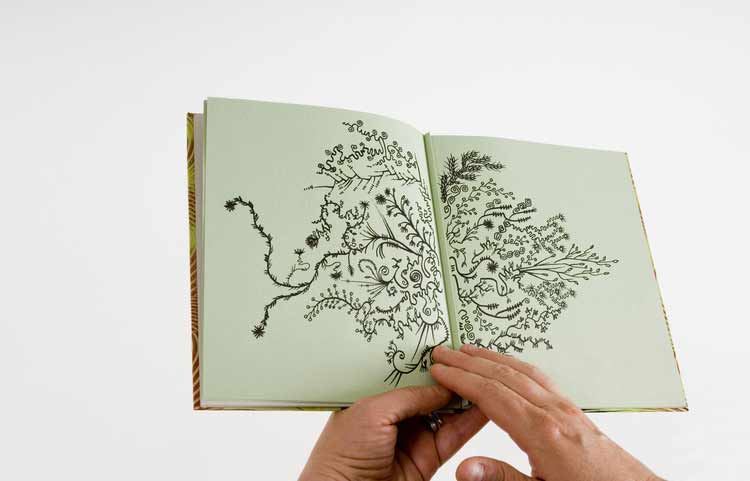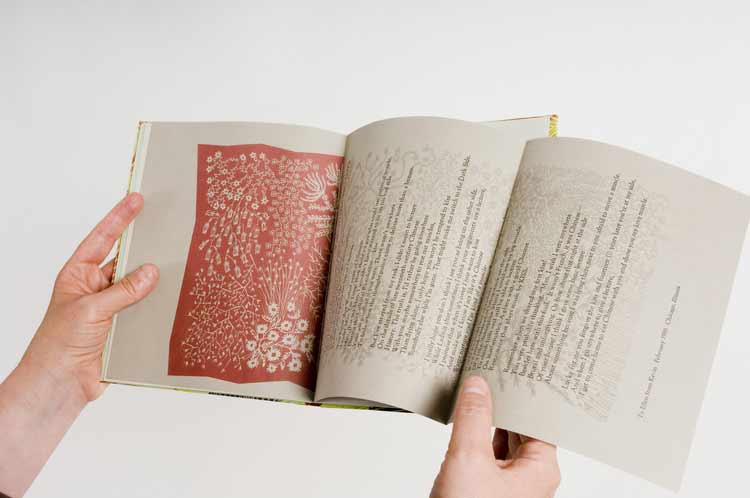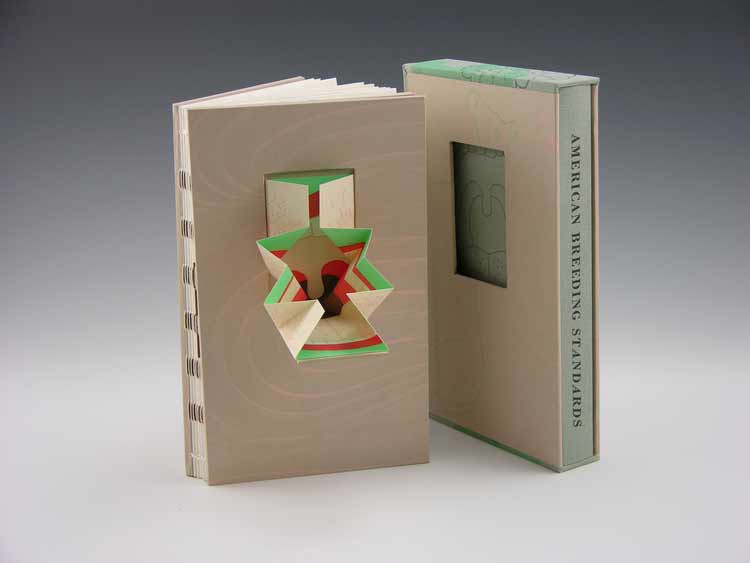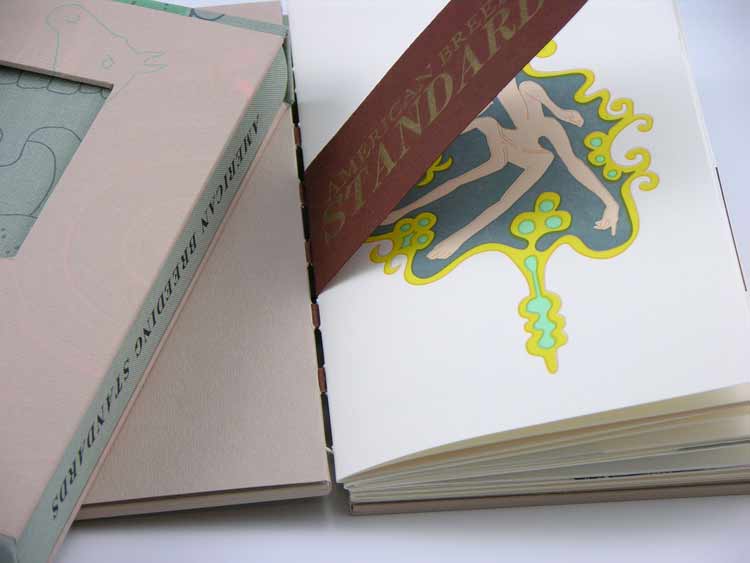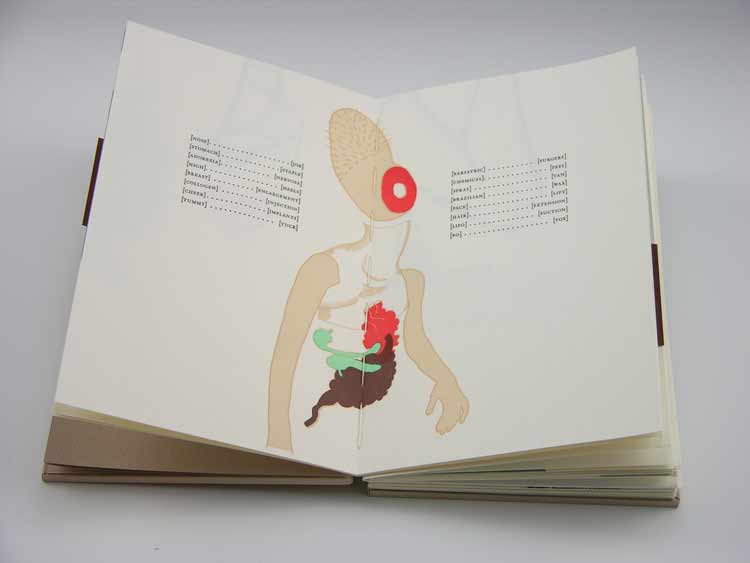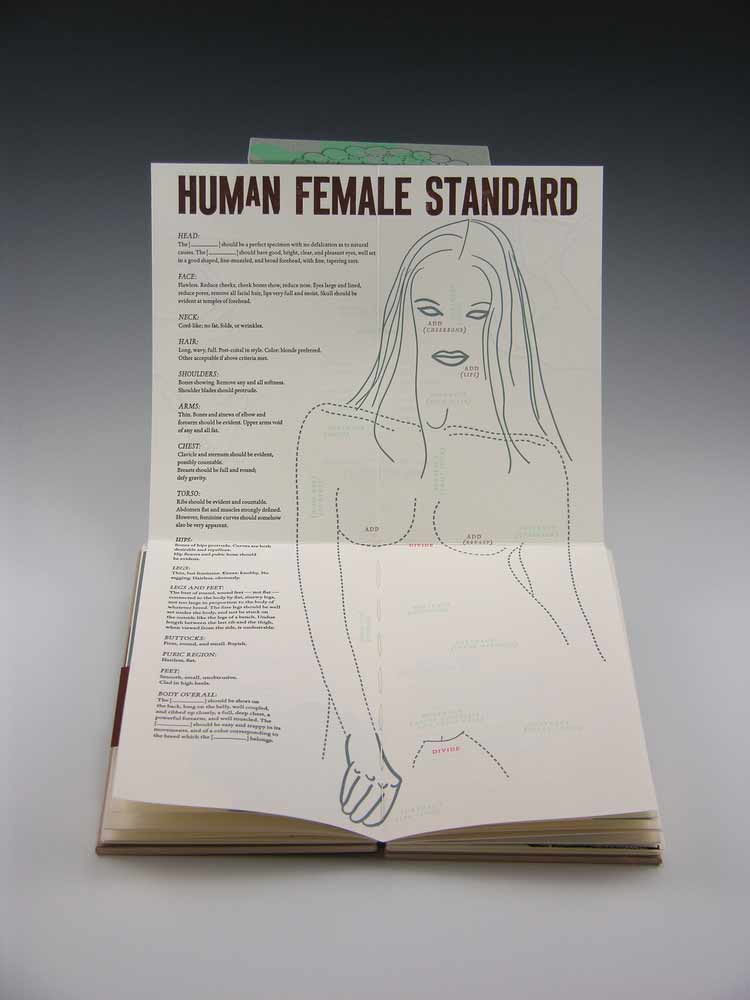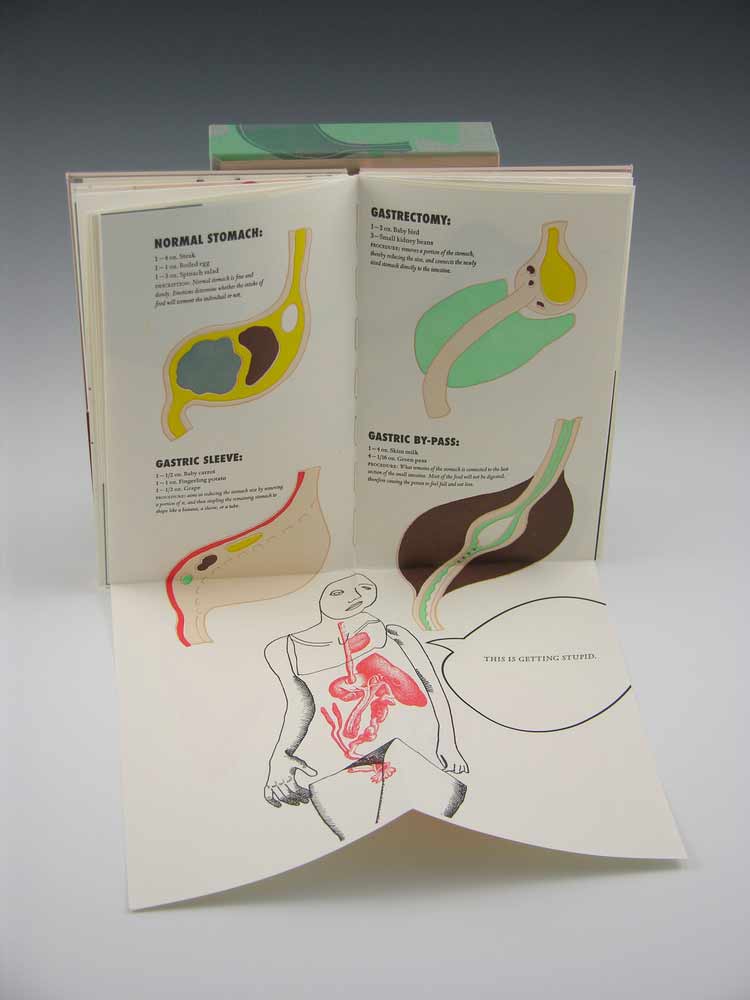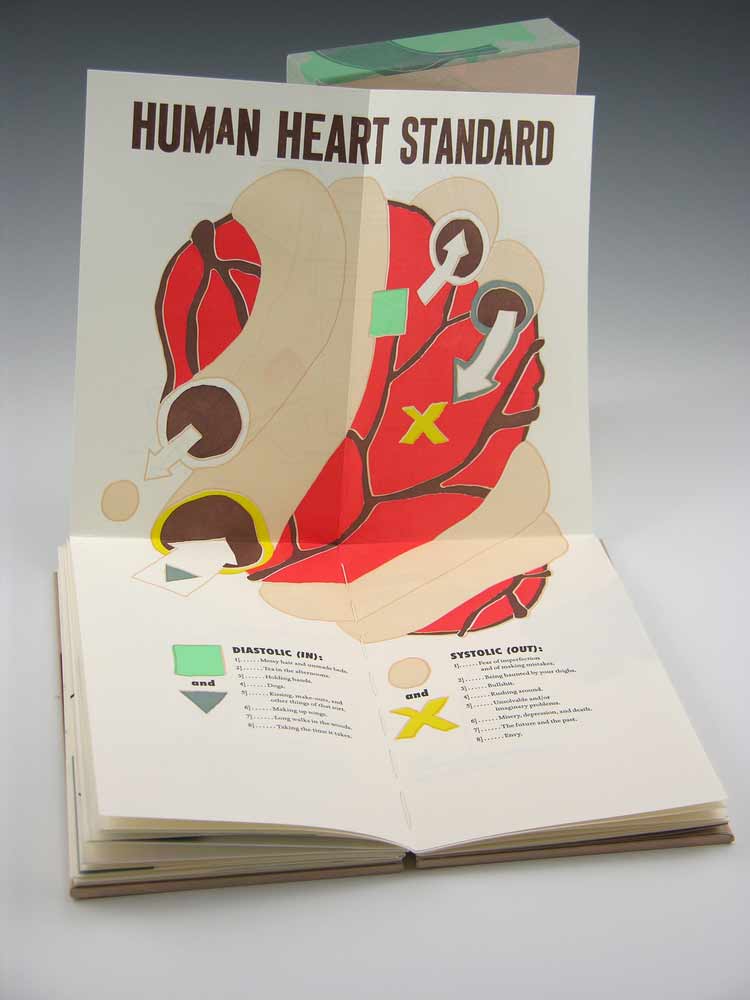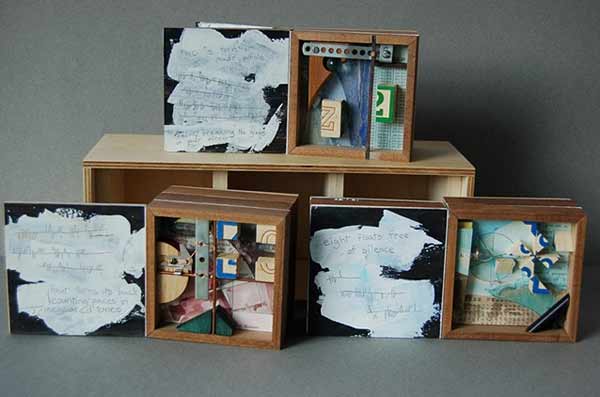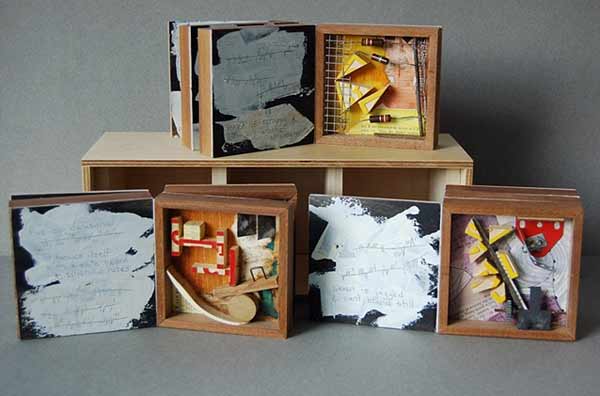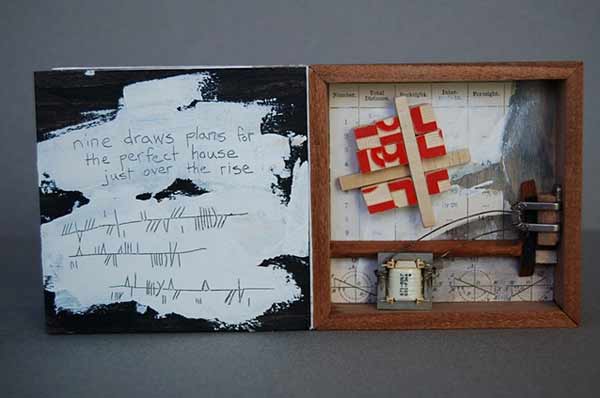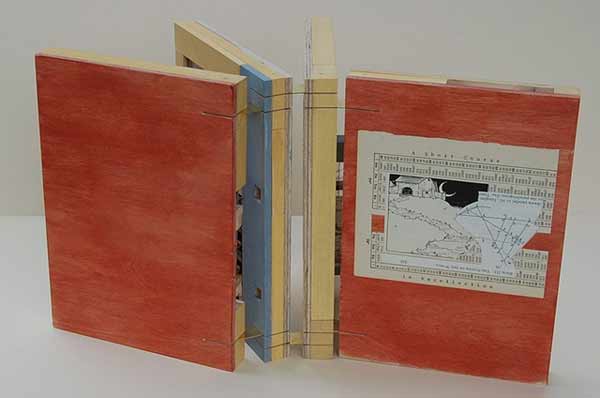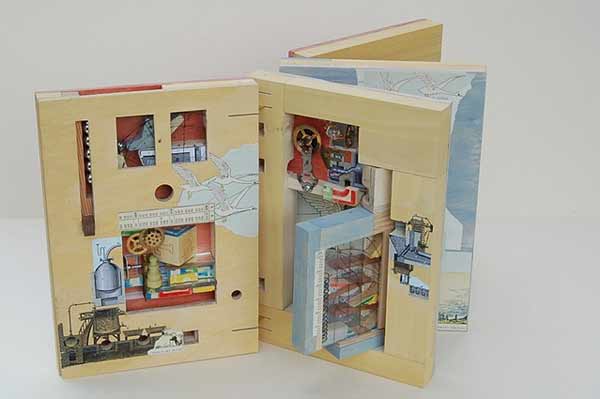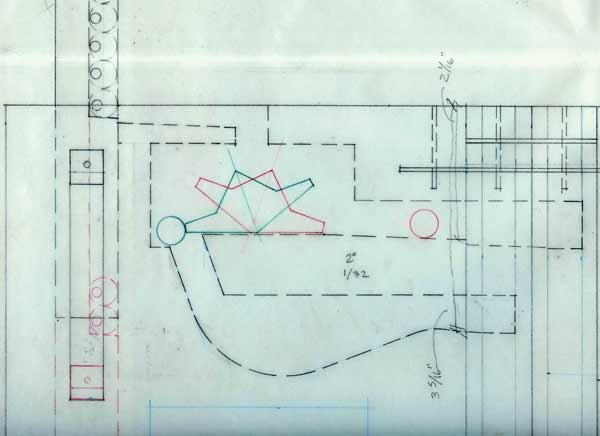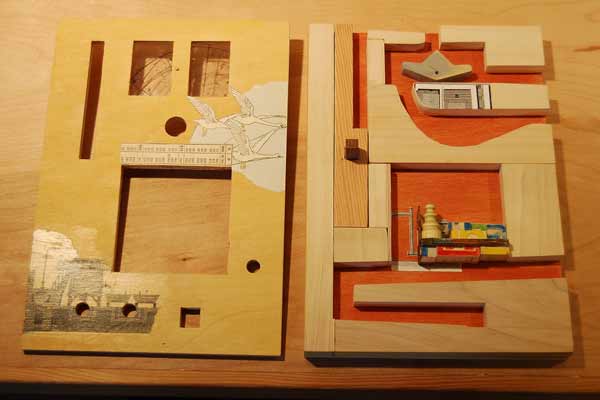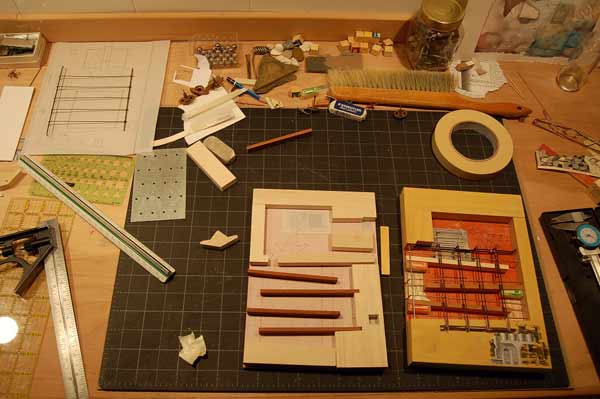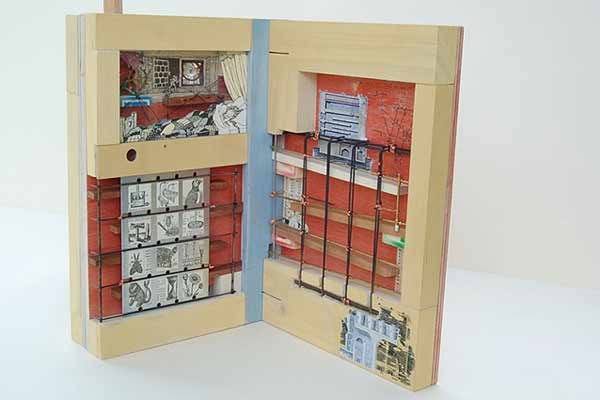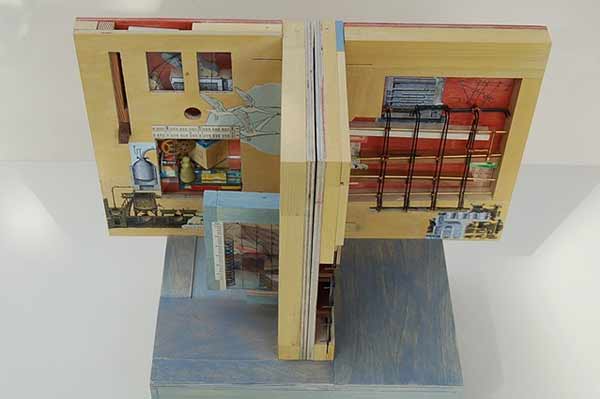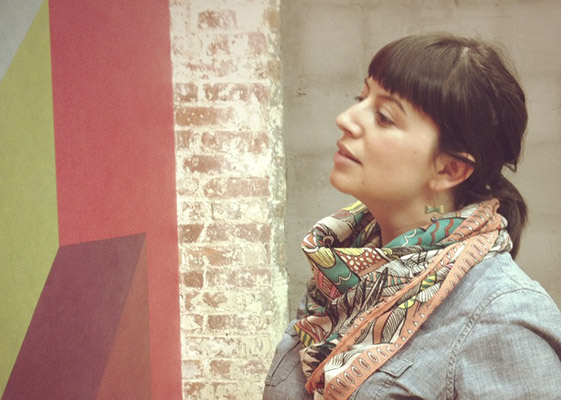As I read the concept behind God Created the Sea and Painted it Blue so We’d Feel Good on it, I am reminded of the Michel Gondry film The Science of Sleep and how we create vessels in the physical world to guide our journeys through our imaginary worlds. In 2013, Michelle Ray used such an experience as the inspiration for her most recent artist book.
Michelle first learned how to use a map while sailing. Out on the sea, where there are no landmarks just an ever-changing landscape.
As Michelle explains: In reference to the sea, this edition’s text states, “There are no markers in this/ monochromatic/ parking lot.” In the absence of these markers, we become painfully aware of their significance. This work is about experience, perception, memory and the space in between composed of symbol, sound and object. This is the space of mediation, the space where significant things happen; it is the ocean on which my imaginary crew and I sailed, the place for which there are no maps.
Imagery and text have been printed using photopolymer plates on handmade cotton/abaca, French Construction and Neenah Environment papers. The photographs that follow were taken to document the printing and binding processes of God Created the Sea.
The enclosure is made of linen and basswood. The linen is printed with the image of a whale skeleton along with the title in gold. This piece was produced in an edition of 50 at the Small Craft Advisory Press as Michelle’s creative project in the MFA Book Arts Program for The University of Alabama.
God Created the Sea is already housed in several collection across the United States and in the United Kingdom. In addition, been awarded Best of Show at the Foundry Art Centre in Missouri and runner-up at The Sheffield International Artist’s Book Exhibition in the UK.
Michelle is the recent recipient of the Artists’ Book Cornucopia IV Gallery Director’s Exhibition Award presented by the Abecedarian Gallery. This announcement is when I first discovered and fell in love with her work. Although, I’ve never had the pleasure of seeing Michelle’s work in person. Her work is clearly crafted beautifully, balancing rich content and concepts with thoughtfully executed structures. Her work will be featured in a solo Reading Room exhibition from April 18 – June 7, 2014 at the Abecedarian Gallery in Denver, Colorado. Oh, how I hope I find myself in Colorado next spring. Read the interview after the jump and come back each Monday during the month of September for more posts on the work of Michelle Ray.
